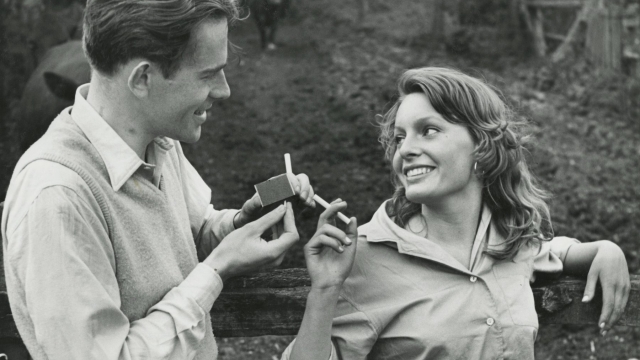
5 things that used to be basic manners — but people no longer do
http://ift.tt/2xE0fdQ
Kurt Hutton / Stringer / Getty Images
People love to complain about the death of manners.
When we talk about modern manners, we seem to always wax nostalgic about how folks were more polite "back in the day." It’s unclear where that means things were better in the 1870s, the 1950s, or just the era before smart phones.
Either way, from what you read about the kids these days, it seems the good times are long behind us.
The problem is, all of that is most likely bunk.
The British Psychological Society released an report in 2016 indicating that people might just perceive more rudeness from strangers nowadays — because we’re kind of full of ourselves.
What we’re truly discussing is the decline of formality, which can’t necessarily be conflated with good manners — or basic human decency. People have always been nice and rude, and just about everything in between. Manners simply change with time and context.
Here are some old-fashioned manners that have fallen by the wayside:
1. Requiring men to tend to women in public
George Eastman Museum/Flickr
Back in the day, men weren’t just expected to hold doors for women. They were to help them put their coats on, ease them out of their seats, order food for them, and pay for every meal. That may seem excessive to us, but it was simply good manners back until gender norms began to budge in US in the 1960s and 1970s.
Of course, people can adopt whatever old-school manners they want to in their personal life, as long as everyone’s happy. But nowadays, this barrage of attentiveness wouldn’t be considered courteous, Business Insider previously reported. In fact, many would find it patronizing and disconcerting.
2. Addressing people by their last name and title
The U.S. National Archives/Flickr
Throughout much of modern history, it would have been considered catastrophically impertinent to address a new acquaintance — especially one of higher social rank — by their first name.
Today, in some situations, it’s best to stick to a level of formality.
A 2013 survey in the UK found people really don’t like telemarketers calling them by their first names, the Daily Mail reported.
However, it’s becoming less common for people to insist on being addressed by their title and last name, Business Insider’s Shana Lebowitz reported. A 1992 study from the National Center for Biotechnology Information found 45% of patients preferred to be called by their first names when meeting a physician for the first time — and 26% of respondents had no preference. When it came to doctors whom they knew well, 78% of patients wanted to be called by their first names.
Keep in mind, this isn’t true across all cultures. Alan Hart writes in "Going to Live in France" that pulling this with an acquaintance in Paris could be considered a case of brash "over-familiarity."
3. Leaving calling cards
The Library of Congress/Flickr
Back in the day, people would leave each other calling cards, to introduce themselves or let absent friends know they’d visited. There were all sorts of complicated rules surrounding the practice.
Then, phones were invented and social media happened. Etiquette experts agree that leaving calling cards is effectively dead nowadays, Business Insider reported.
See the rest of the story at Business Insider
See Also:
- The 20 US colleges where sports are a way of life
- 11 strikingly normal evening routines that set some of the most powerful names in business up for success
- The 10 best schools to study business without needing a master’s degree
SEE ALSO: 8 old-fashioned manners you can comfortably leave behind
DON’T MISS: 7 rules of medieval knighthood that will change the way you look at chivalry
business
via Business Insider http://ift.tt/eKERsB
